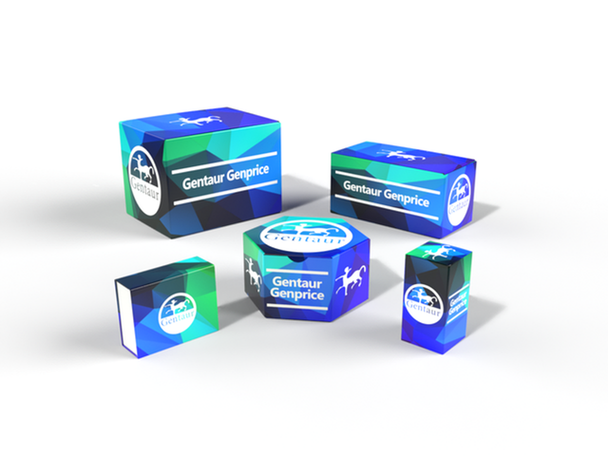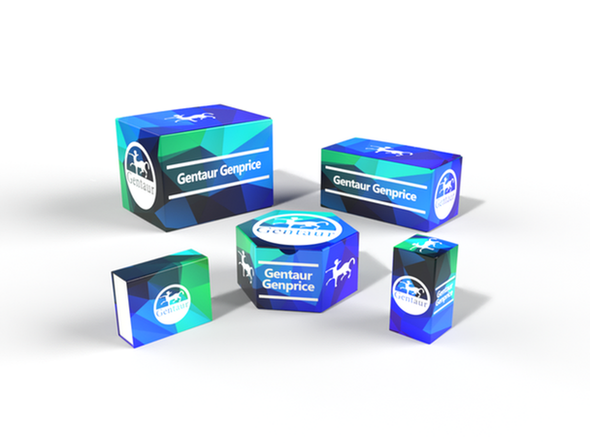Description
WDR35 Antibody | 5867 | Gentaur UK, US & Europe Distribution
Host: Rabbit
Reactivity: Human
Homology: Predicted species reactivity based on immunogen sequence: Rat: (94%) , Mouse: (94%)
Immunogen: WDR35 antibody was raised against a 16 amino acid synthetic peptide near the amino terminus of human WDR35.
The immunogen is located within amino acids 60 - 110 of WDR35.
Research Area: Stem Cell
Tested Application: E, IHC-P
Application: WDR35 antibody can be used for detection of WDR35 by immunohistochemistry at 5 μg/mL.
Antibody validated: Immunohistochemistry in human samples. All other applications and species not yet tested.
Specificiy: WDR35 antibody is human specific.
Positive Control 1: Cat. No. 11-701 - Human Testis Tissue Slide
Positive Control 2: N/A
Positive Control 3: N/A
Positive Control 4: N/A
Positive Control 5: N/A
Positive Control 6: N/A
Molecular Weight: N/A
Validation: N/A
Isoform: N/A
Purification: WDR35 Antibody is affinity chromatography purified via peptide column.
Clonality: Polyclonal
Clone: N/A
Isotype: IgG
Conjugate: Unconjugated
Physical State: Liquid
Buffer: WDR35 Antibody is supplied in PBS containing 0.02% sodium azide.
Concentration: 1 mg/mL
Storage Condition: WDR35 antibody can be stored at 4˚C for three months and -20˚C, stable for up to one year. As with all antibodies care should be taken to avoid repeated freeze thaw cycles. Antibodies should not be exposed to prolonged high temperatures.
Alternate Name: WDR35 Antibody: CED2, IFTA1, SRTD7, IFT121, KIAA1336, WD repeat-containing protein 35, Intraflagellar transport protein 121 homolog
User Note: Optimal dilutions for each application to be determined by the researcher.
BACKGROUND: WDR35 Antibody: WD40 repeats are a common structural module in eukaryotic proteins, and proteins containing WD40 domains have a wide range of functions, including signal transduction, cell cycle regulation, RNA splicing, and transcription. One such protein, WDR35, also known as CED2, has been shown to be mutated in patients with Sensenbrenner syndrome/cranioectodermal dysplasia (CED) , an autosomal-recessive disease that is characterized by craniosynstosis and ectodermal and skeletal abnormalities. WDR35 localizes to cilia and dentrosomes during embryogenesis and human and mouse fibroblasts that lack this gene fail to produce cilia. Mutations in this gene can also cause short-rib polydactyly syndromes due to abnormal ciliogenesis.






